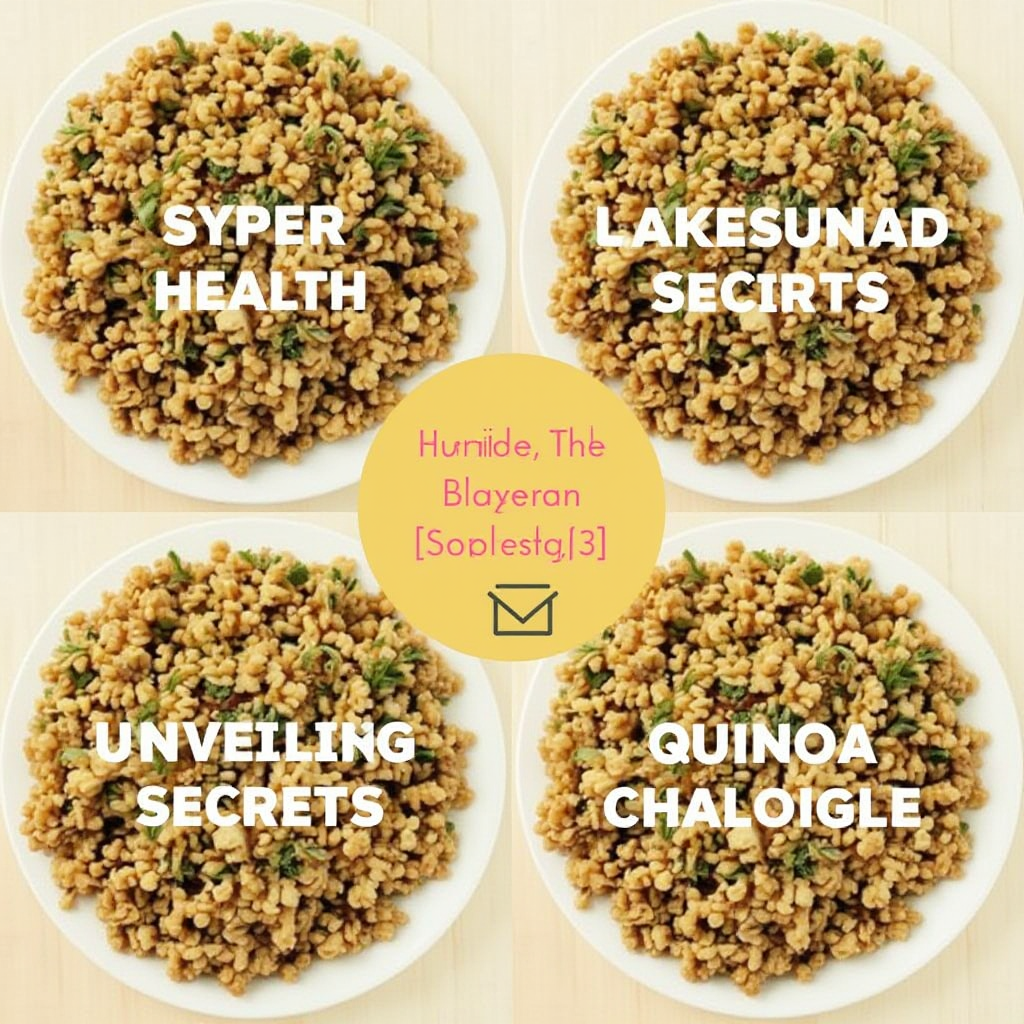This Common Grain Is Surprisingly Healthy: The Amazing Benefits of Barley

When it comes to nutritious foods, we often gravitate towards the exotic or gourmet. However, sometimes the most humble ingredients hold powerful health benefits that are widely overlooked. One such ingredient is barley—a common grain with an extraordinary array of nutritional properties.
What Is Barley?
Barley, scientifically known as Hordeum vulgare, is among the oldest cultivated grains, dating back to the Neolithic period. Revered by ancient civilizations such as the Greeks and Romans, barley was a staple for bread and soup recipes, and even fueled gladiators heading into battle.
Today, this annual herbaceous plant thrives in temperate climates worldwide. Barley is versatile: it’s used similarly to rice or wheat grains, and plays a key role in creating barley coffee, spirits like beer and whiskey, as well as various baked goods. Whole barley boasts a nutty flavor with a chewy texture that many savor.
The Health Benefits of Barley
In recent years, barley has garnered attention not just for its taste but also for its impressive health benefits:
- Lowers Blood Sugar Levels: Clinical Nutrition Research highlights that barley can reduce blood sugar levels. Substituting brown barley for white rice may improve post-meal glycemic response.
- Fiber-Rich: Barley’s high fiber content contributes to satiety, helping manage appetite and maintain a healthy weight while supporting digestion.
- Heart Health: Some studies suggest barley can be beneficial for the heart by reducing bad cholesterol levels.
Hulled, Pearl, or Whole Barley?
Barley comes in various forms such as hulled, pearl, and whole. Hulled and pearl barley are more processed, resulting in quicker cooking times but reduced fiber content compared to whole barley which retains all its nutritional benefits.
The Nutritional Values of Barley
- Approximately 319 calories per 100 grams
- Carbohydrates: 70%
- Protein: 10.3%
- Fibers: 8-9%
- Vitamins: E, B1, B2, B3
- Minerals: potassium, magnesium, iron, phosphorus, zinc, calcium, and silicon
What Is Barley Good For?
Barley’s versatility goes beyond nutrition. It:
- Offers a high level of satiety.
- Stimulates digestion and prevents constipation.
- Inhibits the production of bad cholesterol.
- Regulates blood sugar levels due to beta-glucans.
- Promotes intestinal health with its anti-inflammatory action.
- Contains antioxidants, vitamin E, and silicon which benefit skin, hair, and nails.
- Might lower the risk of cancer and heart disease.
Note: Barley contains gluten and is not suitable for individuals with celiac disease.
How to Cook and Season Barley
Barley’s adaptability makes it a fantastic ingredient for any season. It can be incorporated into hearty winter soups or fresh summer salads.
Barley and Avocado Salad Recipe
Ingredients:
- Precooked whole grain, organic barley
- Half an avocado
- Few basil leaves
- Black sesame, pumpkin and sunflower seeds, toasted
- Red onion
Dressing:
- Half a lemon
- Soy sauce
- Rice or barley molasses
- Extra virgin olive oil
Preparation:
Dice the avocado and red onion into thin strips, combining them with pre-cooked barley. Create a dressing by mixing a teaspoon of miso with olive oil, soy sauce, and lemon juice. Drizzle over the barley, then mix in chopped basil leaves and toasted seeds.
Incorporating Barley Into Your Diet
Here are some additional ways to enjoy barley:
- Barley Porridge: Start your day with a warm bowl of barley porridge, topped with fruits and nuts for added texture and nutrition.
- Grain Bowls: Add cooked barley as the base in grain bowls with veggies, proteins like tofu or chicken, and a creamy dressing.
- Baking: Experiment by substituting part of flour in recipes with ground barley for added fiber and nutrients.
With its incredible versatility and health benefits, incorporating barley into your diet can be both delicious and nourishing. Embrace this ancient grain and discover how it can transform your meals and enhance your well-being!